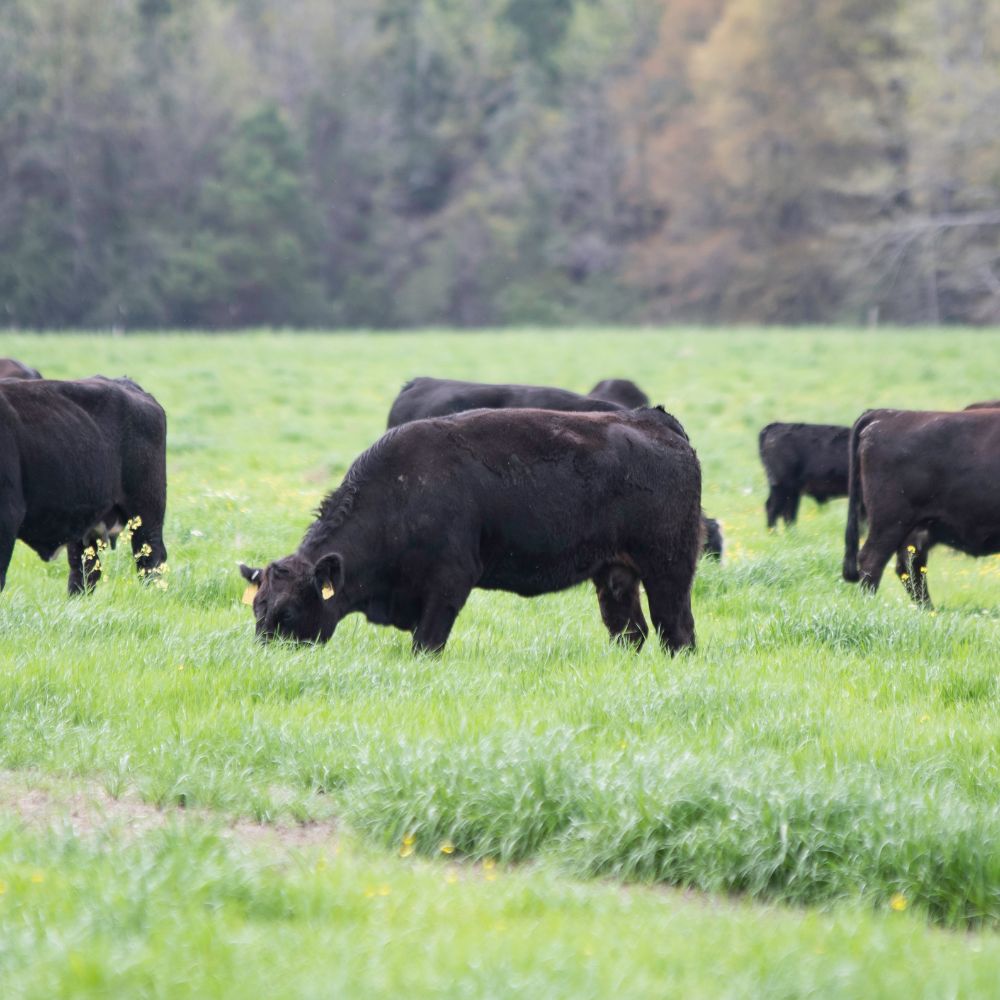Our Bagley Risk Management Diaries
Our Bagley Risk Management Diaries
Blog Article
Fascination About Bagley Risk Management
Table of ContentsWhat Does Bagley Risk Management Mean?An Unbiased View of Bagley Risk ManagementGetting My Bagley Risk Management To WorkThe Main Principles Of Bagley Risk Management The Greatest Guide To Bagley Risk Management
By doing this, if costs do drop below that break-even point by the end day, insurance policy holders are shielded against a loss. This is extremely similar to the way feedlots operate, though they use a traditional hedge. As soon as a breeder agreements their livestock with a barnyard, they hedge those livestock to secure in the earnings point.This will certainly be balanced out by the raised worth of the livestock., ranchers safeguard against a decline in the futures board, yet don't lose out on the higher return when costs go up.
They do this by picking a lower percent of the predicted finishing worth - Livestock risk protection insurance. This is a wonderful approach for those looking for lower premium prices or that have a higher threat resistance as a result of strong monetary health and wellness. This strategy may not shield profitability, yet it can secure versus significant market declines
There is not a great deal of defense or insurance coverage on a month-to-month basis, but if there is a severe mishap, manufacturers have the satisfaction that comes from knowing they will just be liable for a particular quantity expense. Simply bear in mind, wish for the very best yet plan for the most awful.
Some Known Details About Bagley Risk Management

Making use of LRP as insurance coverage for backgrounded livestock, or cattle on feed, helps reduce that risk by safeguarding the anticipated value of the animals. Feeder livestock can be hidden to a 900-pound predicted end weight and fed cattle can be concealed to a 1,400-pound end weight. With a number of weight courses to pick from, it is possible to cover animals via the feedlot to the packer rail.
Applications can take several days to procedure and simply filling one out does not lock the candidate right into a policy. When the application is accepted and all set, the LRP endorsement, with its end date and forecasted finishing worth, can be secured in rapidly. This allows ranchers to cover calves when the price is right for their market risk monitoring objectives.
Image Politeness USDA-NRCS Rates for calves, feeder cattle and completed livestock have established some brand-new records this autumn and very early winter. A combination of circumstances has actually precipitated these historic costs. There is presently a whole lot of mindful positive outlook for cow-calf manufacturers as they take a look at the future.
What Does Bagley Risk Management Do?

There are some benefits to producers in making use of LRP insurance as contrasted to a conventional feeder cattle agreement or purchase of an option - LRP Insurance. One is the flexibility in the number of cattle that can be guaranteed. There is no lower restriction to the number of livestock that can be insured
There is no obligation to sell livestock on which you have bought LRP Feeder Cattle protection. You may select to retain ownership and still be qualified for the indemnity ought to the Actual End Worth fall below your Protection Rate. You might market livestock covered by LRP at any moment, gave the transfer of possession does not occur more than 60 days before the LRP Contract End Date.
If livestock die and your Ag, Threat Expert is notified within 72 hours of you learning of the death, the insurance coverage stays effectively, and the producer is qualified for indemnities because of price loss, even on those pets which perished. Yes! Calves can now be covered prior to unguis hit the ground.
See This Report about Bagley Risk Management

Applications guarantee newbie customers can be pre-approved to compose an LRP plan It is complimentary! Step 2) Lock in a Special Protection Recommendation (SCE) when you find a quote that fulfills your goals (Cattle insurance). With each other, we'll safeguard your investment.
With the relentless fluctuation and changability of the market, Livestock Risk Protection (LRP) is something all cattle manufacturers need to consider. The main purpose of LRP is to secure against the unforeseen down cost movement in the market by establishing a base on any kind read this article of given day and sort of cattle you desire to insure.
Bagley Risk Management - The Facts
There are a variety of insurance coverage degree alternatives varying from 70 to one hundred percent of the expected ending worth (https://www.dreamstime.com/andrewbagley62685_info). At the end of the chosen insurance coverage period, if the real ending worth is below the coverage rate, you will be paid an indemnity for the distinction in rate. Producer anticipates to market 1,000 head of 11cwt cattle and selects insurance coverage of $66
As of 2020, LRP (Cattle) is currently readily available in all states when the marketplace is readily available. 1. Feeder Cattle with finishing weights under 600lbs or 600lbs-900lbs, and 2. Fed Cattle with ending weights between 1,000lbs-1,400 lbs that will be marketed for slaughter near the end of the insurance coverage duration. whereas livestock insurance coverage does.
Report this page